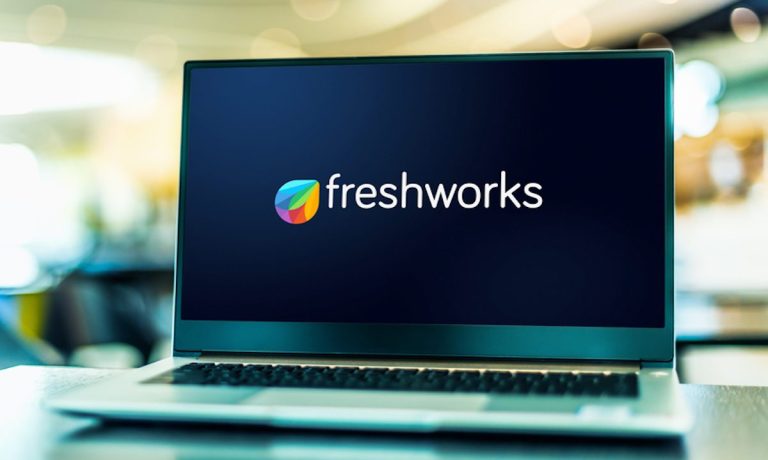Freshworks’ IPO Filing Points to Huge B2B SaaS Opportunity Within Disjointed CRM Market

In the consumer realm, we’re increasingly headed toward super-apps and devices that can manage a slew of activities, some of them simultaneously. Fragmentation, you might say, is anathema.
Yet in the business software world, fragmentation reigns — and companies experience inefficiencies in building a unified continuum of customer experiences, chiefly because so much is cobbled together behind the scenes.
SaaS firm Freshworks, which filed its S-1 with the Securities and Exchange Commission (SEC), aims to change that, through a B2B model that streamlines and modernizes customer relationship management.
At a high level, the company wrote, “In the business software world, companies are struggling with multiple tools for sales, marketing, customer support across multiple channels, bots and much more. They often have disparate silos and disjointed information for a single customer — information sitting in multiple databases, none of which communicate natively with each other. This is true even if the tools come from the same vendor, and particularly if they came via acquisitions.”
Freshworks’ own offerings include – among its CX products and services — Freshdesk Support Desk, which helps businesses interact with end-users and respond to customer service requests. Freshdesk Support Desk enables businesses to communicate across several channels, ranging from email, telephony and social media settings. Separately, Freshdesk Customer Success helps B2B subscription companies “proactively manage their customers.”
Double-Digit Sales Growth
The company said in its filing that its last trailing 12 months’ revenue came in at $308 million, up 49 percent year on year. In noting the progression and development of its own products, Freshworks stated: “We started with Freshdesk, our customer experience (CX) product, and later expanded our offering to include Freshservice, our IT service management (ITSM) product. We then expanded our product offering to include a more complete customer relationship management (CRM) solution, which includes sales force and marketing automation.”
Freshworks’ total customer base stood at more than 52,500. Drilling down, more than 13,300 customers contributed at least $5,000 in annual recurring revenues, the company said in the filing, up from a bit more than 12,300 in September of last year.
The company said in its filing that legacy Software-as-a-Service fails to meet enterprises’ needs, as they are not “purpose-built” for the firm or its frontline, customer-facing employees. That legacy software is also expensive, with a high total cost of ownership.
“The total cost of ownership continues to increase, with third-party add-ons often required to unlock the full capabilities of the software, as well as ongoing data storage or other hidden fees,” according to the filing.
The company defines its total potential market for its products, based on its own analysis, at $77 billion annually.
Freshworks’ own annual financials reveal that total revenues in 2020 were $249.7 million, up from $172.4 million a year ago. Loss from operations widened to $56.1 million in 2020, up from $29.7 million in the previous year.
In terms of (general) language on risk, Freshworks said in its filing that “the market for our products is rapidly evolving and highly competitive, with relatively low barriers to entry, and in the future, there will likely be an increasing number of similar products offered by additional competitors.”